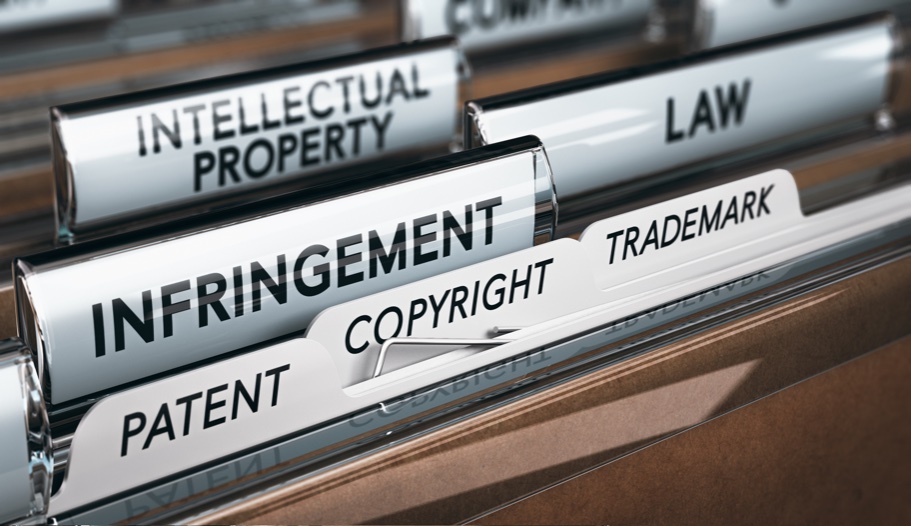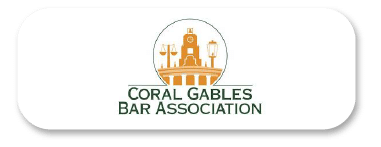The federal Lanham Act establishes civil causes of action for trademark infringement of federally registered marks under Section 32, and of unregistered marks under Section 43(a). Most plaintiffs in infringement actions under Section 32 also include claims under Section 43(a). These claims are often identified as unfair competition or false designation of origin.
To prove trademark infringement under the Lanham Act, a plaintiff must demonstrate that: (1) it owns a valid and legally protectable mark; (2) the defendant made subsequent unauthorized use of a mark in commerce; and (3) the defendant’s use is likely to cause consumer confusion.
Being the first user of the mark in commerce for particular goods or services generally creates ownership of a trademark. A key factor for validity of a mark is distinctiveness. A mark acquires distinctiveness, or secondary meaning, when consumers associate the mark with a particular source, for example, Coca Cola ® for soft drinks.
In a trademark infringement action, the plaintiff must show that an appreciable number of ordinarily prudent purchasers are likely to be confused as a result of the defendant’s use. Key points courts look at in trademark infringement are:
- Comparison of the Marks—appearance, pronunciation, common letters, commercial impression, and connotation;
- Comparison of the Goods or Services — to see if they are similar enough to cause consumer confusion;
- Trade Channels — an analysis of how the marks appear and the buying process;
- Strength of the Mark—measuring descriptiveness, suggestiveness, arbitrariness, and fancifulness;
- Actual Confusion—Whether the customers have actually been confused by the conflicting marks.
Marks do not need to be identical for confusion to be likely or occur. However, the greater the similarity between the marks, the more possible that there could be a finding of likelihood of confusion. Parties often use consumer survey evidence to establish likelihood of confusion
In some cases, a party can submit evidence that the defendant adopted its mark intending to deceive consumers. Evidence of bad faith may help create a presumption that confusion is likely. Evidence that may suggest a wrongful or bad faith intent, includes:
- Defendant’s actual knowledge of the plaintiff’s mark prior to adopting its mark;
- Existence of a prior business relationship between the parties;
- Defendant’s continued use of a mark after receiving notice from the plaintiff;
- Defendant’s use of a mark after being denied permission by the plaintiff;
A Plaintiff does not have to prove willful intent in trademark infringement.








